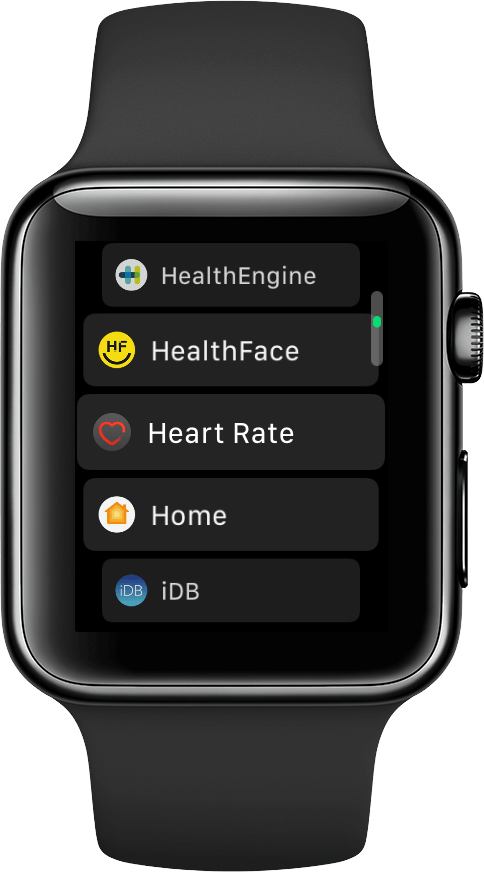As a fitness enthusiast, one of the most attractive features of Apple Watch certainly has to be its ability to capture and analyze your post-workout heart recovery. I’m probably in good company when I say this tidbit caught my eye atWWDC2017.
You might wonder whereabouts in the many layers of software this particularly insightful screen has been hiding – because I know I did at first.

Above all, and this is both a first-hand account and now alsoconfirmed, it appears that the feature isnotavailable on the original 2015 Apple Watch (Series 0), so don’t go out of your way only to suffer that deflating experience. Only Series 1 and newer devices are capable of the nifty breakdown, assumedly since the S1-chip built into the legacy device does not prompt the Heart Rate sensor often enough in order to reliably calculate recovery times.
You might have already checked the Heart Rate app and noticed the distinct lack of the feature – so here’s where and when it comes into play.

What is heart rate recovery and why is it useful?
Heart rate recovery refers to the ability of your heart to return to normal levels after a workout or any physical activity. A healthy heart will recover faster than one that is not so healthy or not used to doing physical activity.
Keeping tab on your heart rate recovery is important as it can show how healthy your heart is.

How to see your heart rate recovery time on Apple Watch
1)Heart Rate Recovery analytics only show in conjunction with logged workouts – so first start a workout session on your watch (this can be through theWorkout appbut also applies to third-party apps such asNike+ Run Club).
2)Finish your workout andEndit on Apple Watch.
3)After returning to your default Watch Face, open theGrid vieworList Viewof your apps and select theHeart Rate app.
4)Scroll down past your Current Heart Rate, Resting Rate and Walking Average. Not displayed before, you will now spot two brand new tabs.
5)In addition to a Workout Heart Rate Average tab, finally the covetedRecovery tabalso makes its appearance. Touch either to open the pinpoint analytics corresponding to your last Workout:
And there you have it, an in-depth curve and Recovery time metrics denoting your BPM differentialone minuteandtwo minutesafter completion of your workout.
To the initiated, you’ll be cognizant of the perks of this sort of breakdown. To everyone else, the bare essentials are that there’s hardly a better indicator of fitness levels than the heart rate recovery stress test. Your heart’s BPM drop off the sharpest right after workout related spikes and the steeper the curve, the more robust (i.e. trained) your system. The numbers are worthwhile keeping tabs on, both to ensure your body agrees with the intensity level of your sport and of course to watch your heart become more resilient over time.
So next time you’re out and about for some exercise, don’t forget to check how your heart stacks ups!